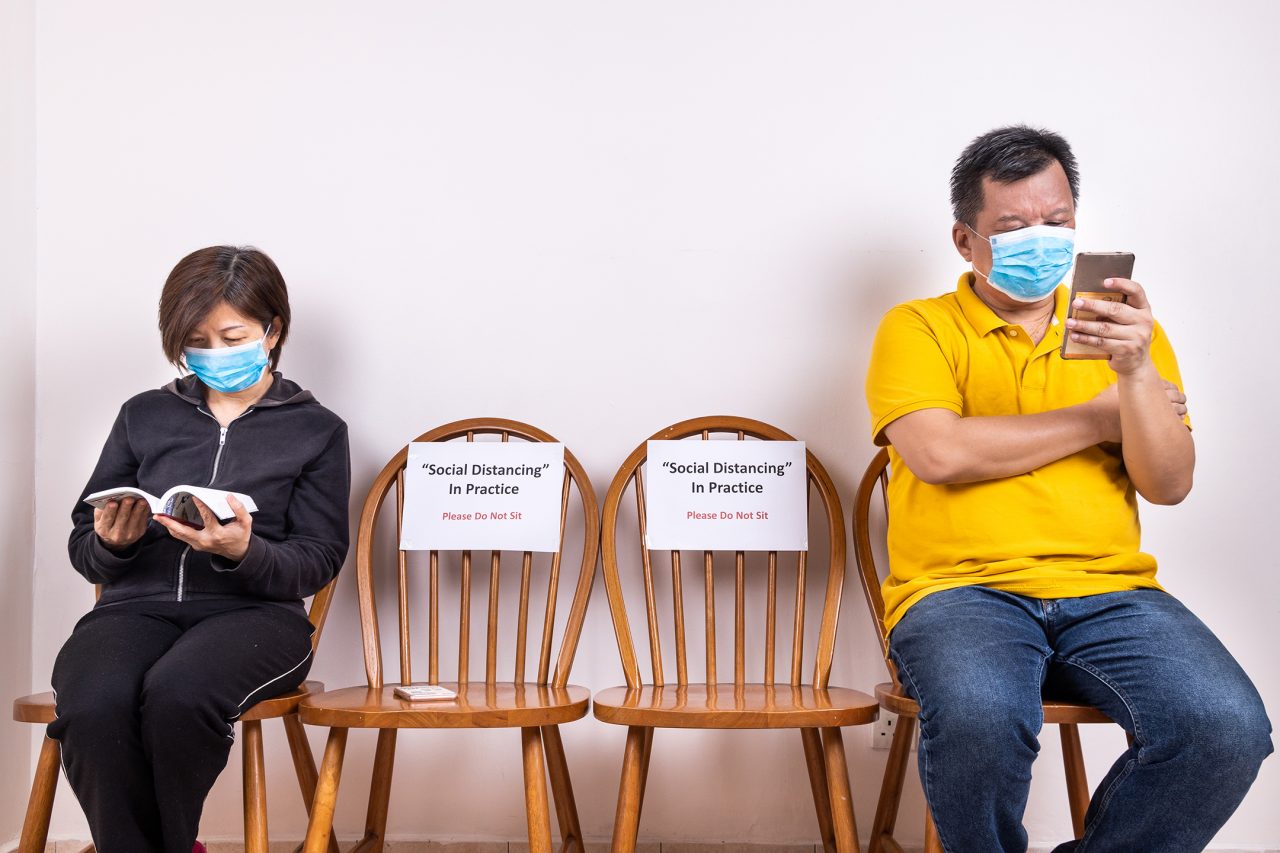According to researchers from The University of Texas MD Anderson Cancer Center, the implementation of social distancing policies corresponded with significant reductions in the transmission of the SARS-CoV-2 virus and reduced community mobility, both in the U.S. and globally, providing evidence that social distancing is a useful tool in preventing further spread of COVID-19.
The study, published today in PLOS ONE, estimates that social distancing policies enacted nationally in 46 countries prevented an estimated 1.57 million cases of COVID-19 over a two-week period, representing a 65% reduction in new cases. The researchers suggest these data emphasize the significant benefits that can be achieved by individuals practicing social distancing measures.
“At MD Anderson, we are focused on caring for patients with cancer, and we know that our patients are highly vulnerable to COVID-19,” said senior author Raghu Kalluri, M.D., Ph.D., professor and chair of Cancer Biology. “Therefore, we felt it important to conduct an unbiased analysis of safety measures that could benefit our patients as well as society at large. From our data-driven analysis, it became clear that practicing social distancing can have a huge impact on transmission rates.”
Impact of social distancing policies in the U.S.
To determine the effectiveness of social distancing policies in the U.S., the researchers analyzed COVID-19 spread across each of the 50 states. Recognizing that many factors contribute to disease spread, they analyzed new cases before and after states enacted social distancing policies.
Three states did not implement such policies, providing an opportunity for comparisons. These were analyzed over similar time periods relative to other states.
“We found that states observed significant reductions in transmission rates following the implementation of social distancing policies, compared to states without such policies,” said lead author Daniel McGrail, Ph.D., postdoctoral fellow in Systems Biology. “In fact, two of the smallest reductions in spread were seen in states without social distancing policies.”
The 47 states with social distancing policies also saw greater reductions in average community mobility compared to states without policies, which measures the movement trends of residents across residential, workplace, retail, and other locations. States without social distancing policies also saw decreased mobility, although the change was significantly smaller than states with distancing policies.
Impact of social distancing policies globally
Understanding that the U.S. analysis was limited by a small number of states without social distancing policies, the researchers analyzed the effects of social distancing policies globally. They were able to obtain sufficient data for 46 countries with national social distancing policies, 74 nations without such policies, and 14 with regional policies.
Following a similar analysis, the data indicate that significantly greater reductions in transmission were seen in countries after implementing a national social distancing policy compared to those with regional policies or a matched time frame in countries without policies. No significant difference was observed between countries with regional policies and those without social distancing policies.
Countries with any social distancing policies had significantly reduced community mobility relative to nations without policies, and those with national policies saw greater decreases than countries with regional policies. There was a strong correlation between decreased mobility and decreased transmission of the virus, highlighting the importance of individuals practicing social distancing to effectively prevent transmission of the virus.
“This is clear evidence that social distancing measures can collectively have tremendous impacts on reducing transmission of SARS-CoV-2, and we encourage individuals to practice social distancing to help control spread of infections,” said Kalluri. “We believe these data will provide useful evidence for public health officials and policy makers when considering future measures to reduce the spread of COVID-19 in their communities.”


